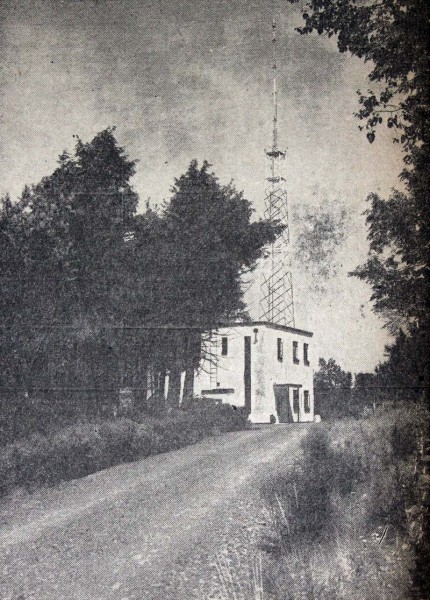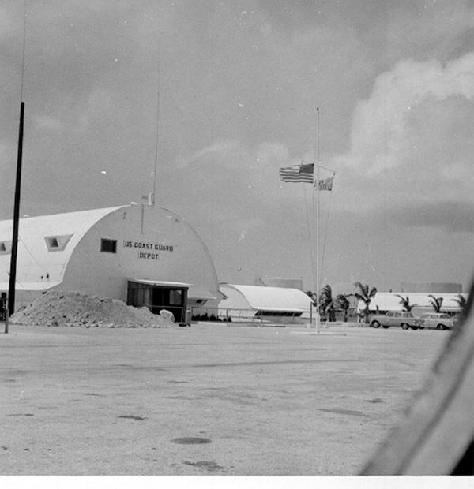Continued from part I:
In order to get to the root problems of AM (aka Medium Wave, or Medium Frequency) broadcasting, a bit of history is required. For the sake of brevity, here is the cliff notes version:
- Early broadcasting services were entirely AM and heavily regulated by the FRC and later FCC
- FM broadcasting was introduced in the late 1930s experimentally, then commercially circa 1947
- In 1946 the FCC relaxed its regulations allowing many more AM stations to be licensed as both class II (currently class B regional) and class II-D, II-S, and III-S (currently class D) stations. Between 1946 and 1953 the number of AM stations more than doubled from 961 to 2,333
- In spite of FM’s technical superiority, AM remained dominant until approximately the mid to late 1970s when the FCC forced FM stations to end simulcasting with co-owned AM stations
- Broadcast deregulation came in small waves at first; programming rules, business rules, some technical rules, and operator license requirements were done away with, and enforcement of other rules became more selective
- Deteriorating antenna systems, splatter, modulation wars, declining technical resources, and increased electrical noise created interference issues
- The electrical noise floor gradually increases as more electrical appliances, street lights, fluorescent lights, and other intentional emitters increase
- Radio manufacturers responded to consumer complaints by greatly reducing the audio bandwidth of their AM receivers
- Broadcast deregulation greatly increased in the 1980s
- The FCC voted in 1980 to limit skywave protection of clear channel (class I or A) stations to within 750 miles of the transmitter site allowing former daytime-only stations to stay on at night which increased interference
- AM Stereo is implemented in 1982 to improve quality and compete with FM broadcasting. Competing systems are proposed, FCC does not mandate a standard, lets the market decide, and the technology dies off
- The National Radio Systems Committee (NRSC) is formed and comes up with a standard (NRSC-1) that restricts AM broadcast audio to 10 KHz or less, mandates yearly measurements
- Ownership rules are loosened somewhat in 1994, then greatly in 1996
- The expanded AM band (1,610 to 1,700 KHz) is opened up in 1997 to existing AM broadcasters. Once stations are licensed to operate in the expanded band, they are supposed to surrender their former licenses, few do
- The great radio consolidation takes place; from 1997-2004. Synergy is the word of the day, stations are overvalued in multiple transactions which created a debt bubble
- Skywave listening is mostly depreciated as an acceptable communications method by the industry
- The introduction of IBOC hybrid analog/digital broadcasting in 2002 greatly increased the adjacent channel interference issues. Sidebands out to ±10-15 KHz of the carrier are introduced with power levels of -16dBc. For a 50 KW station, this equals approximately 2,500 watts of power transmitted on each of the adjacent channels. Analog audio of stations transmitting AM IBOC is restricted to 5 KHz, background digital noise is often present in analog audio, further degrading the quality
- Inside electrical noise greatly increases as compact fluorescent lamps (CFL) and LED lamps become popular energy-saving measures
- Night-time operation of HD radio was permitted in 2007 creating greater interference problems to distant adjacent channel stations
- There are 4,738 AM stations licensed, 89 are silent, approximately 210 transmit HD radio, and approximately 66 (mostly class A and B stations), transmit HD radio at night
There is not any one development that can be singled out as the smoking gun that killed the AM broadcast band, it is rather, a death from a thousand cuts. Because of heavy debt loads, technical, programming, promotional, and personnel resources are directed away from AM stations (and FM stations too). After the staff was reduced and news departments eliminated, AM stations became a dumping ground for mediocre satellite-syndicated talk programming. Eventually many also became a technical nightmare due to deferred maintenance.
There can be little doubt, AM broadcasting is a tough business to be in. In spite of all of that, however, there are several AM stations that are not merely surviving but thriving. What does it take to be a successful AM broadcaster in 2013? There seem to be several common threads, but the two most common are good technical operations and local programming.
Continued in Part III





